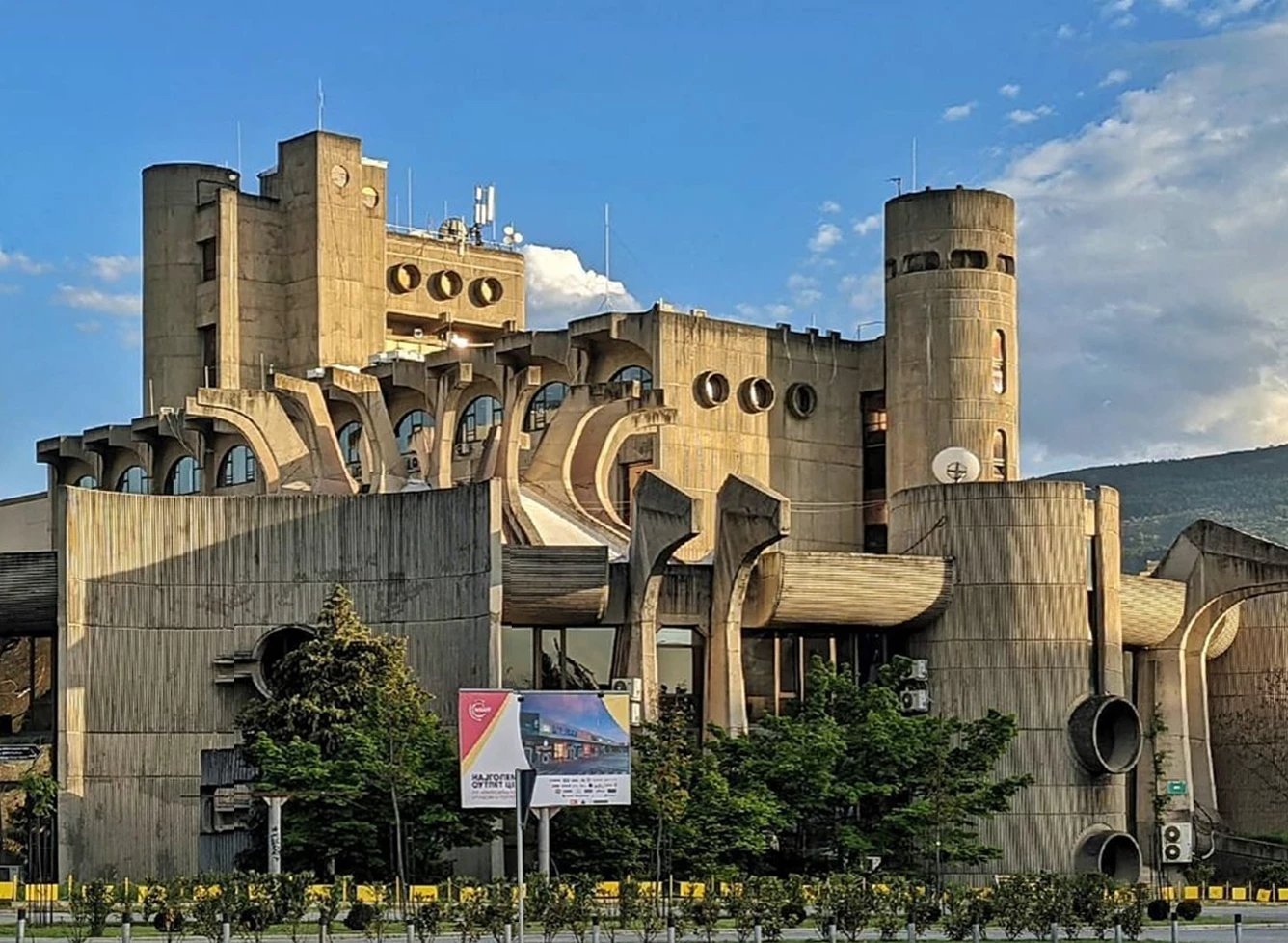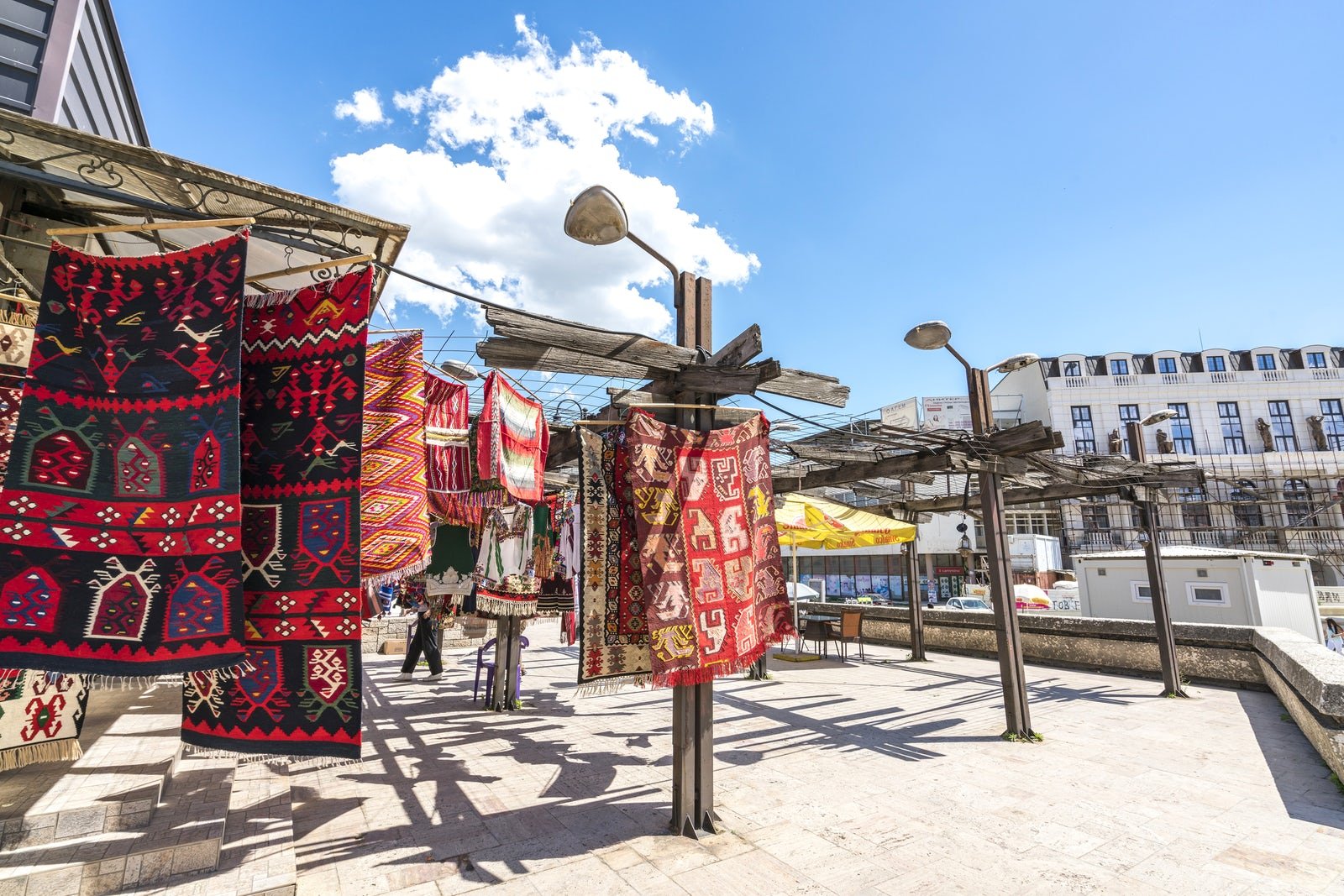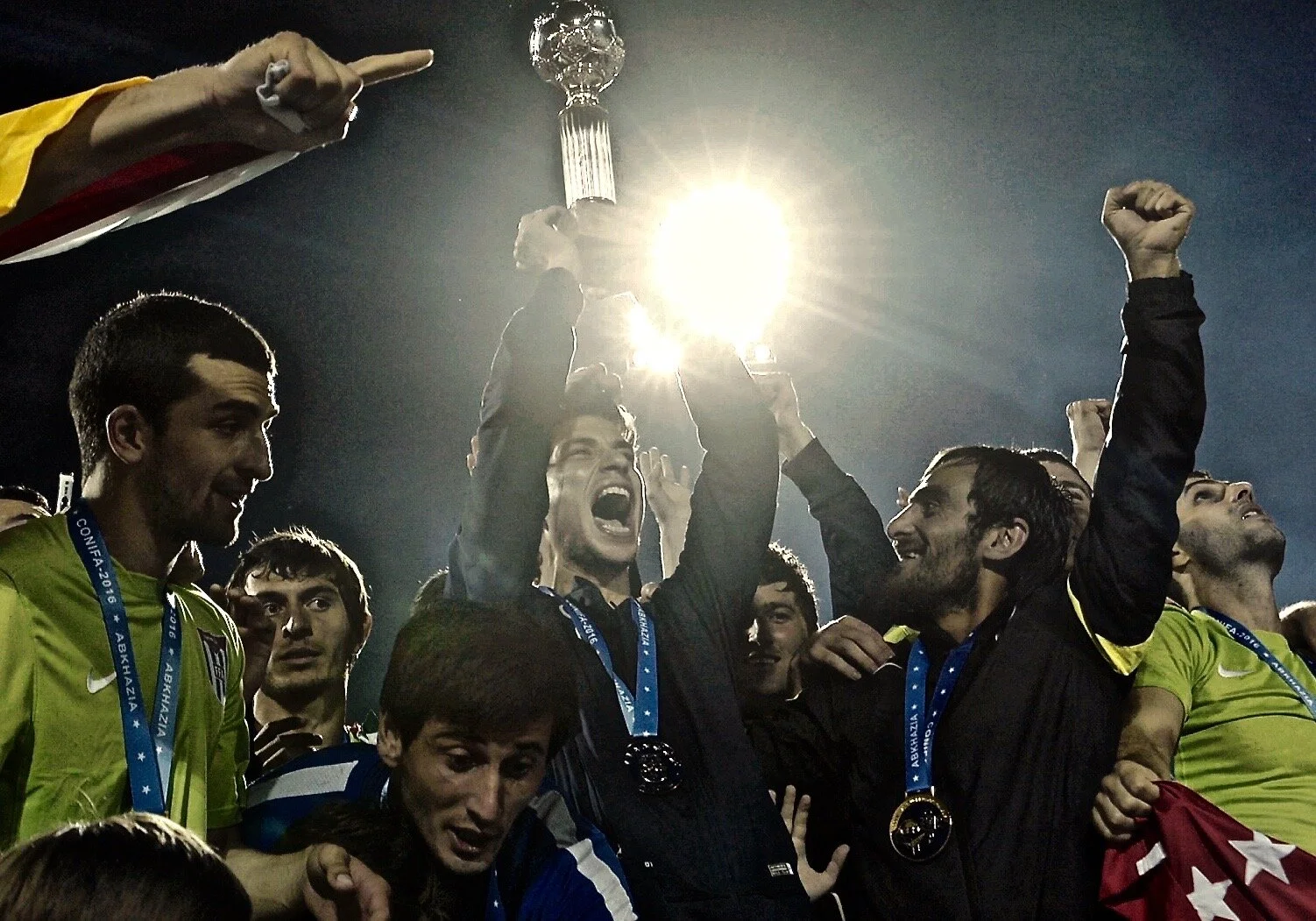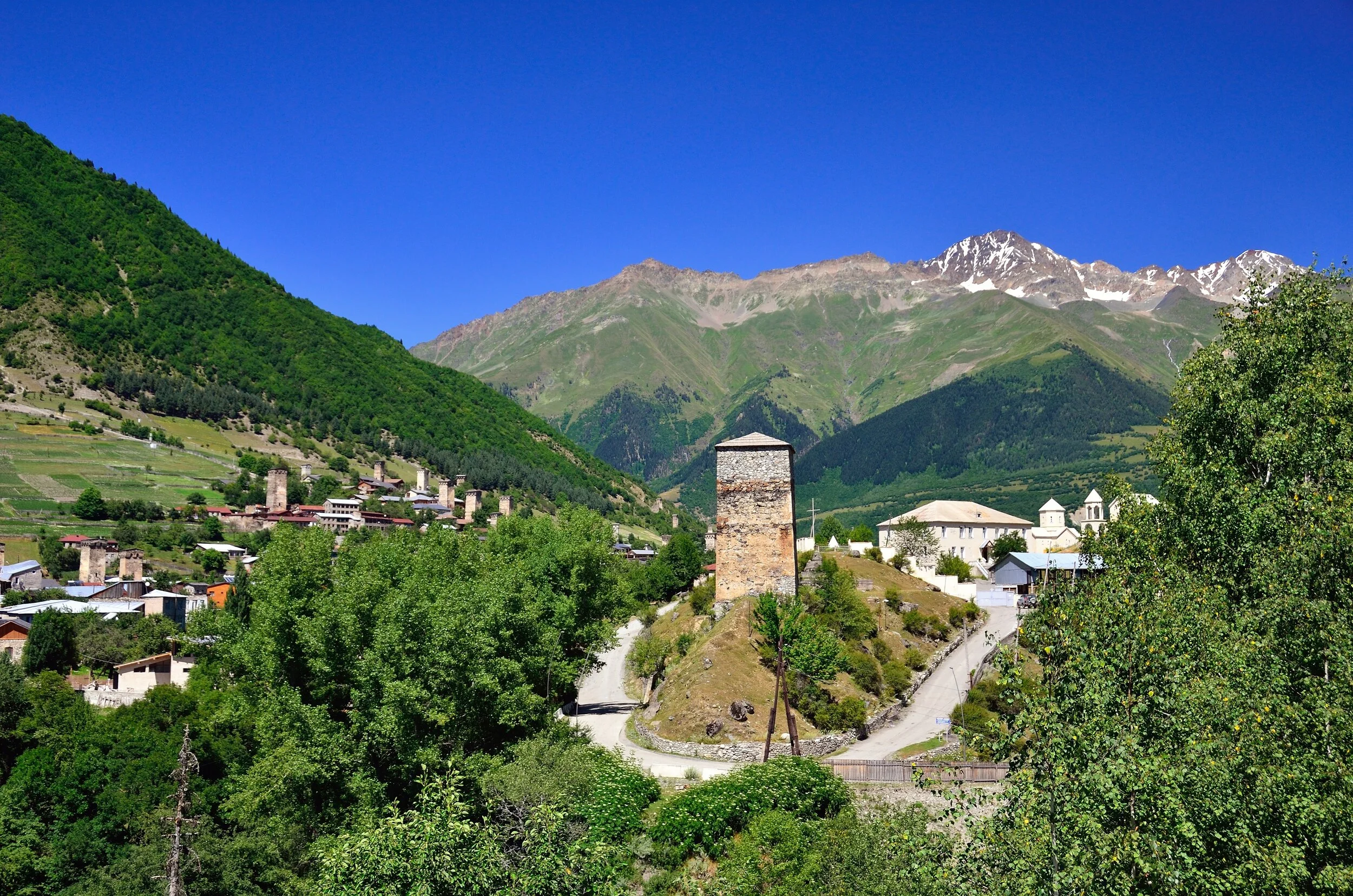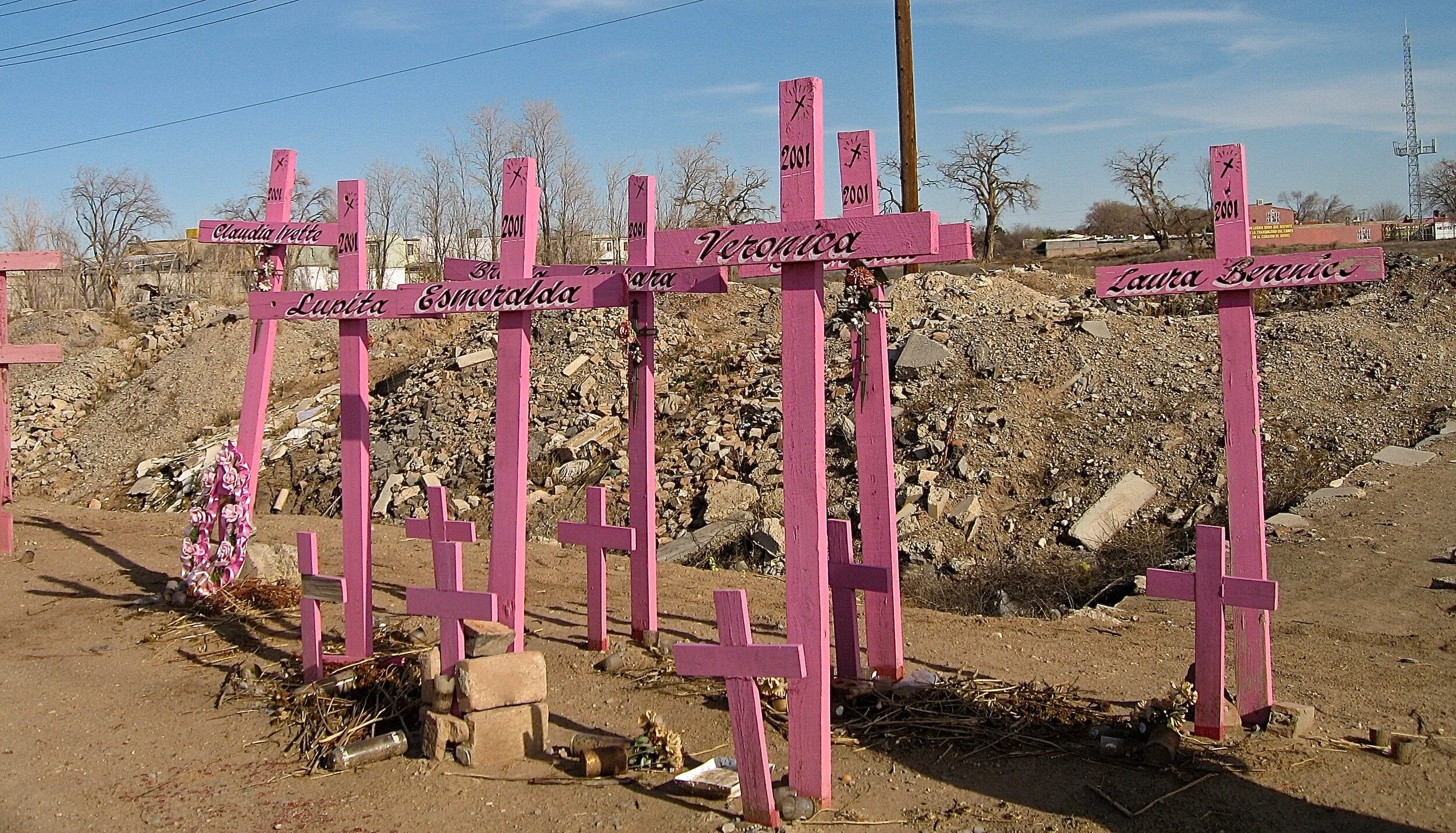THE WORLD CUP FOR COUNTRIES THAT DON’T EXIST
The CONIFA Cup, Abkhazia and Northern Macedonia
World Nomads, 2020
With barely two minutes of normal time on the clock, a hush had fallen on the stadium. The team with home advantage were a goal behind, and their fans had all but abandoned hope of them drawing level in what had been an evenly if torpidly contested match.
But one jinky run down the right wing, a come-and-get-me cross, and a neat finish later, and the terraces turned riotous – flags discarded as tat just moments before were unfurled in a delirium of national pride, and the noise left my eardrums quaking. The trailing team had equalised, securing a penalty shootout.
They went on to win, but it’s that comeback strike that’ll stay with me – least, the sound of air rushing back into five thousand pairs of collapsed lungs.
So far, so football, eh? Well, maybe so, but this was no ordinary game of two halves. This was a World Cup final. And not any old World Cup, either – global in its reach, yes, and a magnet for sporting talent, but otherwise, nothing like it. Because the CONIFA World Cup is for a different kind of player – stateless, exiled, fugitive – and a different kind of team, too. It’s the World Cup for countries that don’t exist.
Let me explain…
The CONIFA World Football Cup is an international football tournament that has been held every two years since 2014. Its organiser, the Confederation of Independent Football Associations (CONIFA), represents football teams that the sport’s governing body, FIFA, doesn’t recognise.
CONIFA’s 58 members include some sovereign states (Monaco, Tuvalu and Kiribati); diaspora communities (the Romani, Kurds, and the Malozi of the Zambezi floodplain); minorities (Koreans in Japan, Hungarians in Romania and the indigenous peoples of Australia); and, controversially, a handful of pro-Russian/Russian-supported breakaway republics largely unacknowledged by the United Nations (Luhansk, Donetsk, Transnistria, South Ossetia and Abkhazia).
It was Abkhazia who lifted the cup in June 2016. They beat Panjab (a UK-based team who represent the Punjabi diaspora) in Sukhumi, the country’s capital. A former autonomous republic of Georgia that declared independence in 1999 – after a decade of civil unrest and 13 months of full-out war – Abkhazia has the backing of just five member states of the United Nations and it is considered to be Russian-occupied territory by the rest of the world (not unfairly given it uses the ruble, the majority of its citizens have Russian passports and the Abhaz received considerable armed support from North Caucasus and Cossack militants).
The Russians had always coveted Abkhazia. A subtropical strip of forested land on the eastern coast of the Black Sea, it was known as the Soviet Riviera back when the Politburo used to dot its hillsides with dachas and sun themselves like elephant seals on its stony beaches – Stalin and Lavrentiy Beria favoured it, for themselves if for no one else (under Beria, the longest-lived of Stalin’s secret police chiefs, almost all of the country’s intelligentsia and prominent figures were executed).
As well it might, Sukhumi has the look of a place that’s taking a slow constitutional after a long illness. A war veteran, it takes that walk with a limp, and no one’s in any doubt as to where all those holes came from. During the tournament, it managed to put on a small show: its cafes – their drinkers of Turkish-strong coffee and backgammon players – spilling out on to the street, and the scent of osmanthus blossoms on the salt-sprinkled breeze.









Unsurprisingly, CONIFA’s critics have accused the organisation of promoting separatism and legitimising the statehood of breakaway regions – a charge it vehemently denies.
It claims that its sole aim is “to build bridges between people, nations, minorities, and isolated regions all over the world through friendship, culture and the joy of playing football”. Its president, Per-Anders Blind, is keen to point out that the tournament transcends politics, despite the searching light it throws on such contentious issues as national identity and ethnic cleansing.
“Everyone has the right to exist, on their own terms, to choose their tribe, and we bring those people together,“ Blind says. “Often they have been persecuted. CONIFA encourages them to take pride and find strength in their identity.
“It is personal for me, too. I’m the son of a reindeer herder in the Swedish and Norwegian mountains. I was born and raised as part of a discriminated-against people, the Sami. They too have a team [FA Sápmi].”
——————————————
The 2020 CONIFA World Cup tournament will take place in Skopje, the capital of Northern Macedonia, the former Yugoslavian republic previously known as, well, Macedonia. North Macedonia isn’t a CONIFA member, but in August the confederation’s first choice of cup host, the self-declared state of Somaliland, was deemed not to be up to the job for a number of “logistical reasons”. The decision to relocate the cup to Skopje hasn’t appeased CONIFA’s detractors.
Northern Macedonia was renamed in February at the insistence of Greece, its southern neighbour, which believed the country’s unqualified use of “Macedonia” suggested it had territorial designs on those parts of Greece that belonged to the ancient kingdom of Macedon. The name change put an end to 28 years of damaged relations between the two nations – when Northern Macedonia declared independence in 1991, Greece refused to recognise it and imposed a trade embargo, and had until very recently threatened to block its entry to the EU and NATO.
Greece wasn’t being picky. About a decade ago, the governing party of Macedonia – the far-right VMRO-DPMNE led by Nikola Gruevski – decided to remodel Skopje in a bid to bring in tourists (the low-cost carrier Wizz Air started flying direct from the UK in 2011). The result was a radical reframing of the country’s history, which traced a direct link from the ancient Kingdom of Macedon – and the bloodline of Philip II and his son Alexander the Great – to ethnic Macedonians today. [In 2009, five years after George W Bush unilaterally recognised “the Republic of Macedonia”, 300 scholars of Graeco-Roman antiquity petitioned Barack Obama to intervene in this “dangerous epidemic of historical revisionism”.]
And it was no ordinary reframing. It took its baseless message to the streets, transforming – “antiquising” is the word, apparently – Skopje’s central business district into an aesthetic catastrophe without equal. Government buildings, a triumphal arch, a pavilion, the National Theatre, two bridges, two museums and hundreds of statues were thrown up in a very rough interpretation of neoclassical style. Miroslav Grčeva, the designer of the North Macedonian flag and now a professor of urban planning at the Faculty of Architecture in Skopje, described it: "It’s a crime against public space, culture, urbanism and art – against the city and the citizen. When I walk past those monstrous colonnades, I hang my head.”
At the heart of the development is a 75ft pillar topped by a giant Alexander on a rearing Bucephalus, encircled by a dancing fountain and warriors in Hoplite headgear keeping lions at bay. Enormous monuments to Phillip II, Justinian I and Tsar Samuli stand or sit nearby. Even harder to stomach, the Porta Macedonia triumphal arch bears a quote from Mother Teresa, Skopje’s most famous daughter, which reads: “The greatest destroyer of love and peace is abortion.”
The words “bodge job” kept returning to me as I toured the city three years ago. The statuary is, for the most part, oddly proportioned and poorly executed. Fountains show pitting and rust. Some of the marble façades look nine-tenths styrofoam, and the backs of the buildings are wrecks. The overall effect is of a landing pad for a Hellenic spaceship piloted by Walt Disney; a pastiche of Ancient Greece, no tribute – and that’s if you don’t look too close.
It’s culturally appropriative in the extreme, yes, almost criminally kitschy and utterly claustrophobic – you can barely step back to take in one beplinthed notable without bumping into another – but it bears constant repeating that the most offensive thing about it is a corrupt neo-fascist administration charged a poor country an estimated £650 million for it.
A natural disaster was responsible for the first time Skopje was so transformed. In 1963, an earthquake levelled four-fifths of the city, and the Japanese architect Kenzo Tange, who designed the Hiroshima Peace Memorial Park, was asked to oversee the rebuild. Many of his modernist residential blocks have fallen into disrepair or to the wrecking ball, or have been refaced with Doric columns in keeping with the rest of Skopje’s faux-classical makeover. One of the few architectural survivors of the Tito period, the Telecommunications Centre and Post Office HQ, by Janko Konstantinov, a brutalist masterpiece, pays homage to Tange.
Before its antiquisation, travellers would visit Skopje to wander around its Old Bazaar district, with its rich Ottoman history, covered market, mosques and hilltop fort, which occupies the eastern – other – side of the River Vardar that runs through the centre of the city. It’s still there, looking embattled as it draws the “Little Tirana” sneers of nationalists, but it is the only part of Skopje where you can believe what you see.
The 2020 tournament was cancelled. At the time of going to press, the following teams had qualified to take part in it: Western Sahara (a territory disputed between Morocco and the Sahrawi Arab Democratic Republic); Mapuche (an autonomist movement of indigenous peoples in Chile and Argentina); Kárpátalja (the Hungarian minority in western Ukraine); South Ossetia (a breakaway state, formerly of Georgia); Darfur (war refugees from western Sudan); Matabeleland (the Ndebele-majority region of western Zimbabwe); and Kabylia (the Berbers of north Algeria).
There has yet to be an announcement about next year’s competition.









